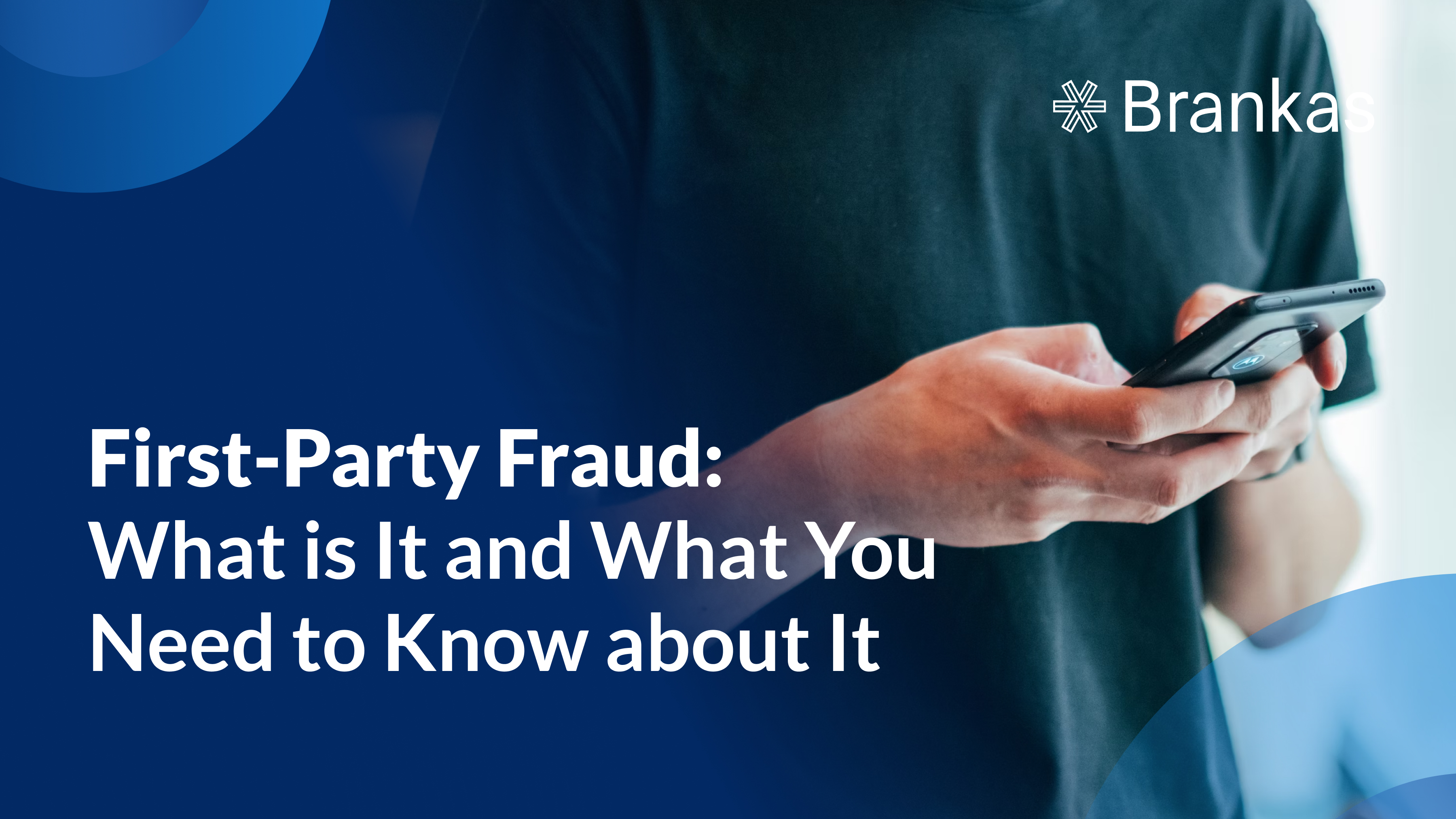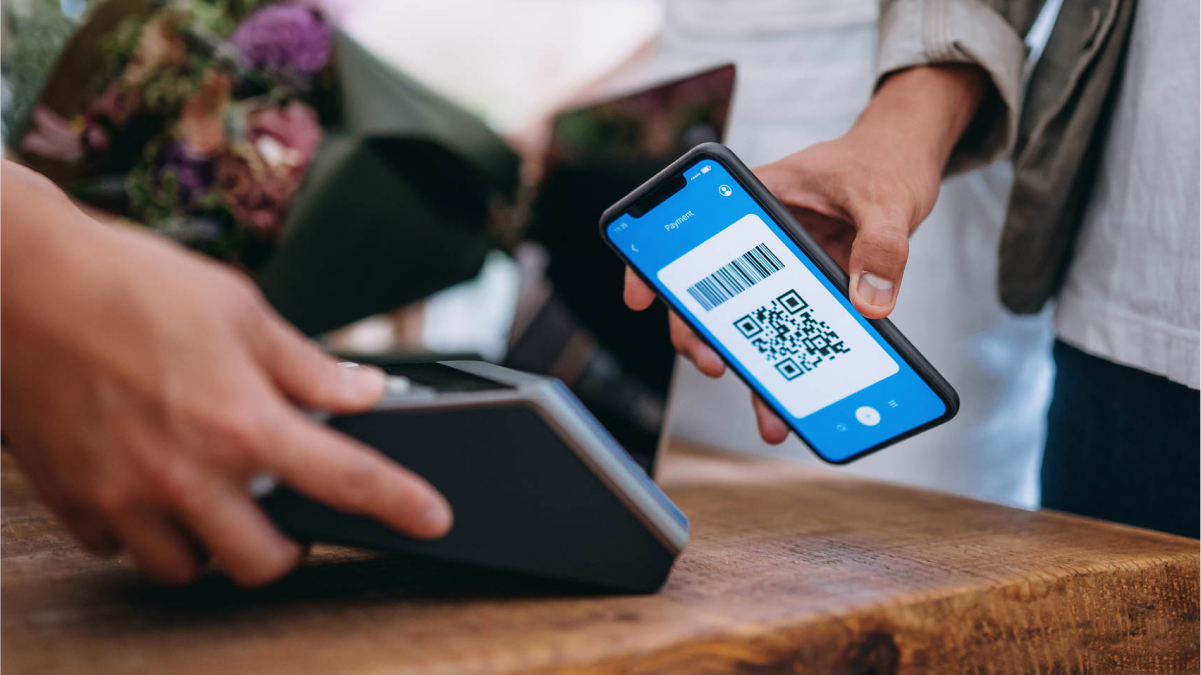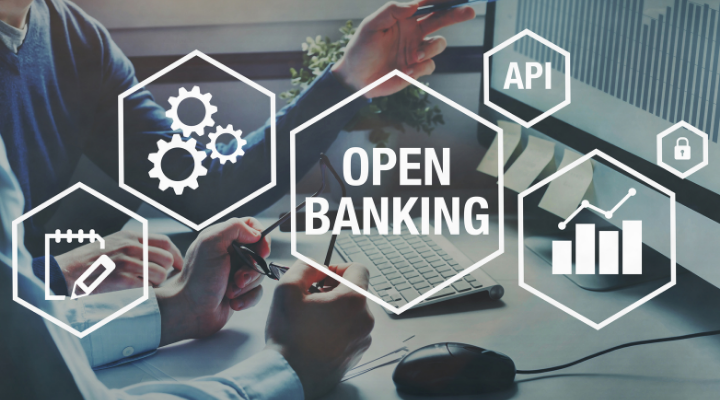
Understanding the intricacies of chargebacks and refunds is paramount for merchants. Chargebacks and refunds play crucial roles in customer satisfaction and maintaining a positive business image.

QRPh is the QR code standard of the Philippines fashioned after the Europay-Mastercard-VISA (EMV) global benchmark for secure financial transactions. QRPh empowers patrons of participating banks and non-bank electronic money issuers (EMIs) with a quick and secure channel for hassle-free payments, efficient bank transfers, and seamless interlinking of diverse bank and e-money accounts within the Philippines.
The Bangko Sentral ng Pilipinas (BSP) has been pushing for the modernization of retail payment systems. BSP and the National Retail Payment System (NRPS) created InstaPay and PESONet, which allow fund transfers between any two bank accounts. BSP now mandates payment service providers to adopt QRPh.
The drive behind embracing a national standard is all about supercharging the efficiency of payment systems. QRPh takes the jigsaw puzzle of QR-based payment services across the nation and turns them into interconnected solutions. This will drastically reduce the hassle of merchants and customers having to tie themselves to specific payment providers. No more chaos for billers who had to juggle a multitude of QR codes just to accept payment from customers with different banks or electronic money issuers (EMIs).
The true gem of QRPh lies in its unparalleled convenience, revolutionizing the way you handle transactions. Say goodbye to bulky wallets crammed with cash – your trusty smartphone and internet connection are all you need. With QRPh, the magic of sending and receiving money unfolds instantly, eliminating those tedious waits. But that’s not all – there’s no juggling a maze of different apps or e-wallets. It’s seamless, straightforward, and hassle-free.
And let’s talk security. QRPh offers a fortified haven for your private and financial information. No longer will you be haunted by the specter of disclosing your name and account number, putting your mind at ease. With QRPh, you’re stepping into a new era where your transactions are shielded and your peace of mind, restored.
To send money:
To receive money:
QRPh is not a stand-alone app. You can only use it if your bank or e-wallet provider is a participant in QRPh. Here is a list of banks and EMIs that have adopted QRPh as of June 30, 2023
| Banks | EMIs |
|---|---|
| Asian United Bank (AUB) | Dragonpay |
| Bank of the Philippine Islands (BPI) - sending only | GCash |
| BDO Unibank | GrabPay |
| China Bank - sending only | JuanCash |
| Land Bank -sending only | PalawanPay |
| Metropolitan Bank and Trust Company (Metrobank) | PayMaya |
| Philippine National Bank (PNB) | ShopeePay |
| Rizal Commercial Banking Corporation (RCBC) | Starpay |
| Robinsons Bank | TayoCash |
Expect to see more banks and EMIs in the coming months. If your bank or EMI still needs to become a QRPh participant, you can still send money through InstaPay (as long as they are InstaPay participants).
Entrepreneurs, big or small, will also enjoy the benefits of QR with the P2M (person-to-merchant) facility. QRPh P2M marks a significant stride towards advancing digital payment adoption nationwide by extending the advantages of digital transactions to businesses. This move amplifies the digital payment landscape encouraged by BSP and will transform the country’s economy with these advantages:
For merchants who would like to harness the potential of P2M as a payment avenue for their clientele, simply inquire from your associated banks or EMIs. By reaching out to these financial partners, merchants can integrate the QRPh P2M facility into their business operations. Depending on the banks or EMI, there may be a reasonable fee to accessing the suite of advantages it brings. Participating banks and EMIs are the same as QRPh P2P (see table above).
QRPh not only amplifies the digital payment landscape but also aligns with BSP’s Digital Payments Transformation Roadmap 2020-2023, which aims to convert 50 percent of total retail payments into digital by 2023.
Philippines retail payments to merchants, many of whom are MSMEs, comprise over 70 percent of transactions, but only a quarter of these occur digitally, as per the BSP’s 2020 report. The P2M facility is poised to onboard more merchants into the digital payment sphere. This strategic maneuver holds the potential to significantly boost digital payment share, enticing a larger pool of consumers to embrace digital payments and savor its benefits.

Recognizing the ever-evolving landscape of financial technology (FinTech), BSP acknowledges the superiority of QR technology as a convenient and cost-effective channel for seamless fund transfers between accounts. Notably, the rise of QR-based payment and financial solutions is steadily encroaching on the terrain traditionally dominated by debit and credit cards.
In light of these dynamic shifts, BSP anticipates fresh business models and an array of novel products and services to emerge. As the regulatory pillar, it is committed to nurturing an enabling policy and regulatory framework – one that fosters robust industry collaboration and flourishing partnerships while adeptly managing risks. It’s a harmonious symphony of progress and prudence, where innovation thrives in tandem with the unshakable pillars of security and stability.
BSP required all financial institutions to adopt QRPh fully by June 30, 2023. Proprietary QR codes have been disabled and can no longer be used. Entrepreneurs who want to reap the benefits of QR-enabled payments have to let go of legacy payment system processes. Digital payments through QRPh hold a potent key to amplifying an entrepreneur’s bottom line. By orchestrating financial exchanges with customers, suppliers, and governmental entities, you can offer an enticing trifecta of advantages: heightened convenience, fortified security, and cost-efficient operations. The result? A poised trajectory toward enhanced profitability, bolstering your business with every digital transaction. This powerful mechanism isn’t just about convenience; it’s a strategic gateway to bolstering an entrepreneur’s credit access. With each digital transaction, you’re etching a path toward a more robust financial standing, equipping you with a stronger position when seeking credit opportunities.
Brankas Solutions help merchants and their businesses take the road to smarter digital payments. Integrating Brankas payment APIs (application programming interfaces) into your operations will eliminate sluggish confirmations, time-consuming screenshots, and delayed disbursements – and no more juggling between different applications. With Brankas Merchant Link, slash recurring payment fees and resource costs while retaining the freedom to customize according to your needs. A solid payment infrastructure will enable you to forge dynamic alliances, broaden your customer horizon, unlock new revenue streams, and maintain a competitive edge.

Understanding the intricacies of chargebacks and refunds is paramount for merchants. Chargebacks and refunds play crucial roles in customer satisfaction and maintaining a positive business image.

Brankas has helped banks across Southeast Asia launch new digital solutions for their customers, with a focus on Open Banking technologies. Read the report today.